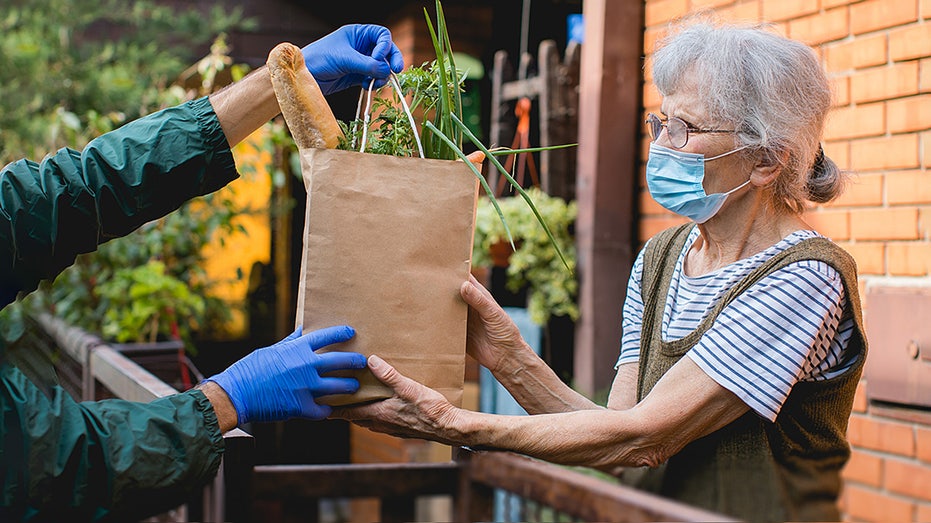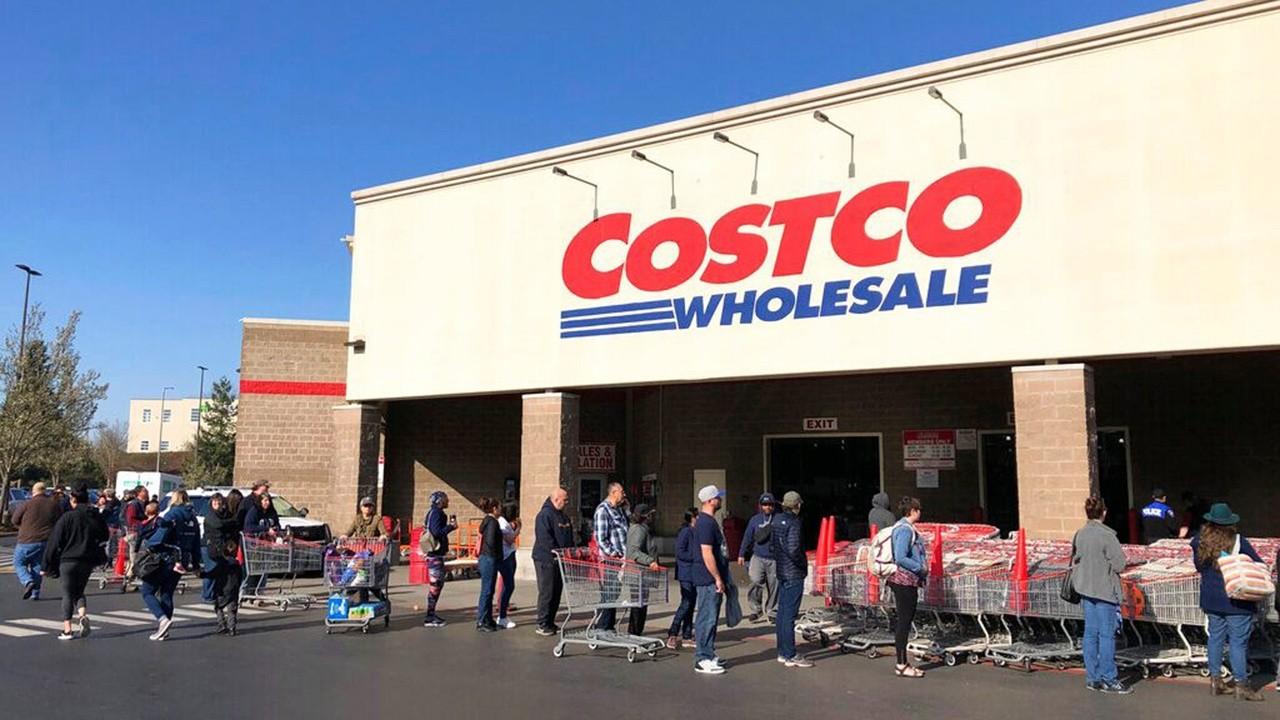Older Americans devouring online food-ordering services during coronavirus
Adults aged 65 and up have been relying more on food delivery, online ordering
Seniors are getting savvier with online food delivery as a result of the coronavirus pandemic.
Adults 65 and older increased their digital food ordering by a whopping 428% during the month of June, while online ordering among adults 55 and older jumped by 200%, according to new data from market research firm NPD Group, as reported by Nation's Restaurant News.
CORONAVIRUS LOCKDOWN DRIVES FOOD DELIVERY, TAKEOUT ORDERS
Older adults have been leaning more into e-commerce since March, when the COVID-19 pandemic forced the shuttering of retail and restaurants across the country. Safety was also likely a motivating factor in changing consumer behavior toward digital ordering, as those over 65 are most at-risk from the coronavirus.

Adults 65 and older increased their digital food ordering by a whopping 428%. (iStock).
BARS, RESTAURANTS WANT CORONAVIRUS INSPIRED ALCOHOL DELIVERY TO BE PERMANENT
In addition, older Americans, like other demographics, appear to have embraced the fast-casual segment during the pandemic. NPD data shows that older Americans were most interested in food categories that included burgers, fries, pizza and sandwiches, among other fast-food items.
NPD's findings don't exactly come as a surprise. Food delivery as a whole has seen a surge with to-go dining being the only option for restaurants during nationwide shutdowns between March and April. Food delivery orders nationwide skyrocketed 67 percent in March and digital restaurant orders jumped 63 percent, according to NPD Group data from May.
CLICK HERE TO READ MORE ON FOX BUSINESS
While the pandemic may have forced some seniors to come around to e-commerce, research shows that older Americans have been embracing new tech long before COVID-19. Indeed, separate research from the Pew Research Center from between 2000 and 2015 found that 73% of Americans aged 65 and up were Internet users in 2015, up from just 14% in 2000.




















